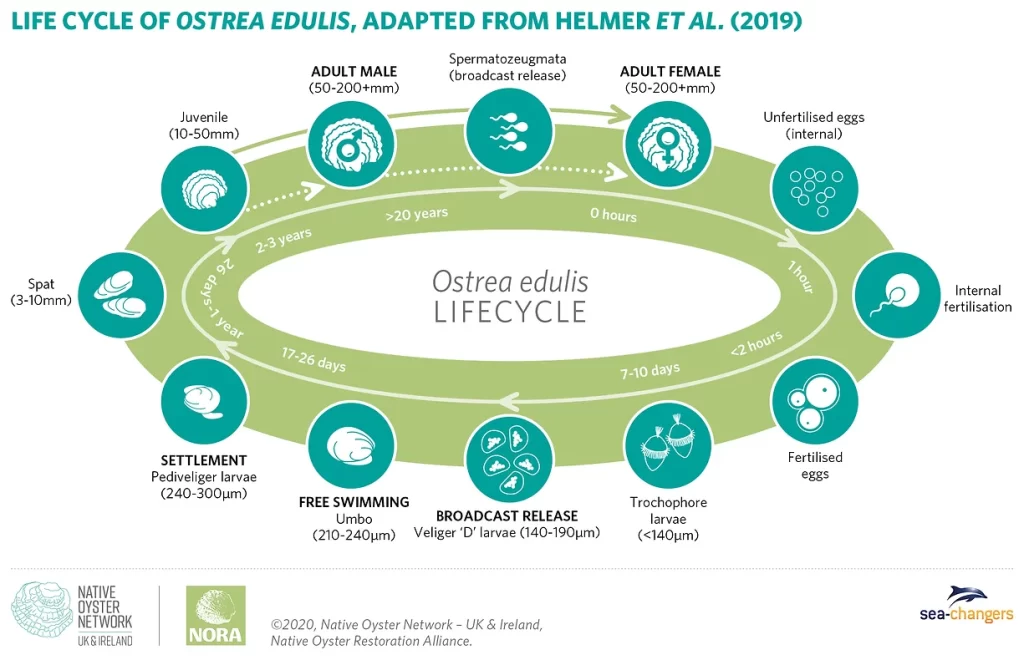Today saw the first steps towards restoring Chichester Harbour native oyster populations. The team from the Solent Seascape Project visited to lay oyster “coupelles” on the seabed. These will monitor existing native oyster larvae within the harbour.
Why restore Oysters?
For hundreds of years, Chichester Harbour was famed for its oysters. Native oysters (as distinct from pacific oysters – a fairly recent invasive species to the harbour), supported a thriving fishing industry. At its peak during the 19th century it is estimated that over 3 million oysters a year came to market through Emsworth Harbour.
But native oyster populations across Europe have plummeted by 95% due to a number of factors including over-fishing, habitat loss, predation, pollution, and invasive non-native species. Oysters bring significant environmental benefits including for water quality – one oyster alone can filter up to 200 litres of water per day. They also remove nitrogen, sequester carbon and provide habitats for other marine life.


What is being done?
Since 2017 the Blue Marine Foundation has been working with the University of Portsmouth to restore native oysters across the Solent. Oyster restoration is now a key focus area for our partners in the Solent Seascape Project. With a target of restoring 4 hectares of oyster habitats across the Solent, oyster reefs have already been created in The Hamble and Langstone Harbours. The project is now looking at the feasibility of creating native oyster habitat here in Chichester Harbour.

What are Oyster Coupelles?
Oyster coupelles are structures which sit on the seabed to catch oyster larvae. They will be removed in the autumn and analysed; this will provide an indication of whether there are existing native oysters within Chichester Harbour releasing larvae at the moment. They will also provide baseline data for any future oyster habitat restoration work.
Where are they?
Six coupelles have been deployed to 2 locations – south of Stakes Island and to the west of the Emsworth channel in accordance with LNTM 11 of 2024. They sit on the seabed, each is attached to a weight and a yellow marker buoy. We ask that water users keep clear and avoid disturbing or dislodging this scientific equipment.
You may have noticed that the coupelles were originally deployed in the harbour a couple of months ago, however they did not remain in position. They were removed and redesigned before being redeployed today. Nature restoration around the coast and in the seascape is complex, and a fairly new science – learning from experiences like this is key if habitats are to be restored effectively in the future.

Can I get involved?
There a many opportunities for volunteers to get involved with the nature recovery work of the Solent Seascape Project, including “oyster biosecurity” – cleaning oysters before they are deployed to new oyster reefs. Take a look at the website for details.
